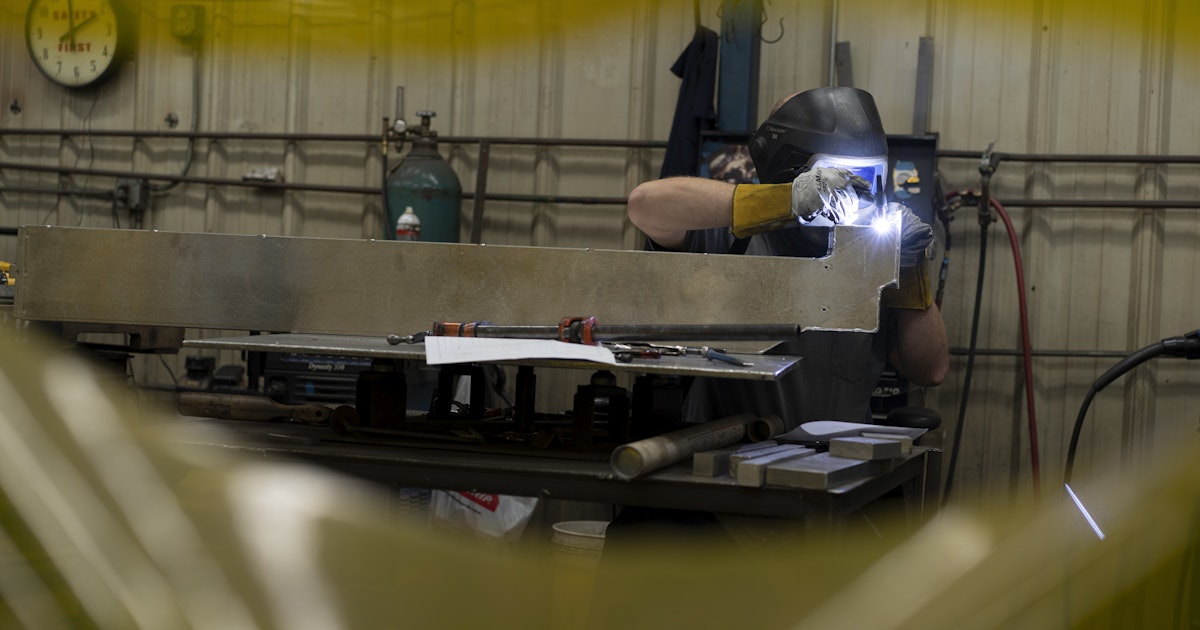The current labor market in the United States is facing unprecedented challenges as businesses struggle to find enough workers to fill open positions. According to the latest data, there are 8.1 million job openings in the country, but only 6.8 million unemployed workers available to fill them. This imbalance has created a significant worker shortage across various industries and regions.
The U.S. Chamber of Commerce has been closely monitoring the trends in job openings, labor force participation, quit rates, and more through its America Works Data Center. The data collected provides valuable insights into the state of the workforce at a national level, highlighting the challenges and opportunities facing businesses in the current labor market.
One of the key questions that arise is why the country is experiencing a worker shortage. The pandemic played a significant role in disrupting the labor market, with over 120,000 businesses temporarily closing and more than 30 million workers becoming unemployed at the height of the crisis. While job openings have increased since then, the overall labor force participation rate has declined, leading to a shortage of available workers to fill open positions.
In 2023, employers added 3.1 million jobs, but many of these positions remain unfilled due to the lack of available workers. The decline in labor force participation is not a new phenomenon and has been a long-standing trend in the U.S. workforce. Factors such as early retirements, an aging workforce, and a decrease in net international migration have all contributed to the ongoing labor shortage.
The lack of access to affordable childcare has also been a significant barrier for many workers, particularly women, who have been disproportionately affected by the pandemic. The closure of childcare facilities and the challenges faced by providers have made it difficult for parents to return to work, further exacerbating the labor shortage.
Additionally, the rise in new business starts and the increase in savings due to government aid packages have provided alternative sources of income for some workers, leading to a decrease in labor force participation. The Great Reshuffle, characterized by high quit rates and job turnover, has further complicated the labor market dynamics, with workers seeking better opportunities and work-life balance.
To address the labor shortage and attract new workers, the U.S. Chamber of Commerce has launched the America Works Initiative, which aims to drive solutions and support businesses in finding and retaining qualified employees. By understanding the factors contributing to the labor shortage and implementing targeted strategies, businesses can navigate the current challenges in the labor market and build a resilient workforce for the future.
In conclusion, the worker shortage in the U.S. is a complex issue influenced by various economic, social, and demographic factors. By addressing the root causes of the shortage and implementing effective solutions, businesses can overcome the challenges posed by the current labor market dynamics and build a strong and sustainable workforce for the future.

















